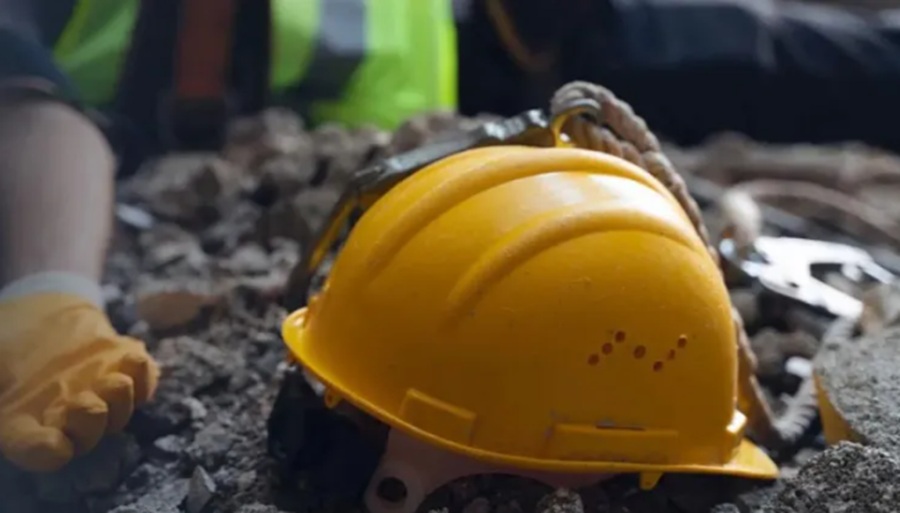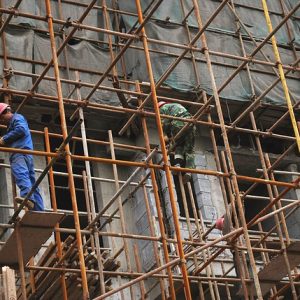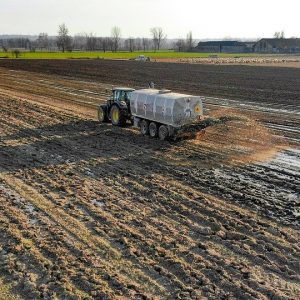Italy continues to grapple with a deadly wave of workplace tragedies. On Monday, four men lost their lives in separate incidents across Turin, Riposto (Catania), Monza, and Rome.
In Turin, a 69-year-old Egyptian worker was killed when the basket of a crane he was working in detached and fell. The fall, approximately 12 meters, proved fatal. A second worker at the scene was injured and is in shock. The tragedy occurred on Via Genova, the same street where, in 2021, three fitters died after falling from a crane during construction work.
In Riposto, in the province of Catania, a 40-year-old worker fell from scaffolding and died. Details of the exact circumstances are still emerging.
In Monza, a 48-year-old man was crushed by machinery at a factory that produces industrial valves. The initial findings indicate the fatality was the result of a machinery-related accident. In Rome, a worker was crushed to death by a machine while working on the banks of the Tiber. Sources say the man was operating equipment close to the river when the fatal accident occurred.
Nation-wide Emergency
These latest tragedies highlight a grim reality: workplace deaths remain a critical issue in Italy. According to INAIL, the national institute for workplace injury insurance, the number of fatal accidents rose slightly last year, reaching 1,202 deaths.
Prime Minister Giorgia Meloni’s government has emphasised workplace safety as a top priority, pledging more resources and tougher enforcement. However, it has done nothing to stem the tide of fatal accidents.Workforce unions and public advocates continue to urge stronger regulations, regular inspections, and accountability for employers.
What’s behind the fatal trend?
While each case is unique, common factors appear across many workplace fatalities.
- Height-related accidents, often involving cranes or scaffolding, remain deadly, especially when safety protocols fail.
- Machinery-related crush injuries continue to claim lives in factories where equipment is faulty or inadequately supervised.
- Lack of oversight and insufficient enforcement of safety measures, including use of personal protective equipment or proper training.
Similar incidents – including workers crushed or fatally injured by machines and vehicles – have occurred in multiple sectors, signalling systemic failure in on-site controls.
Quick Q&A on Rights & Prevention
What happens after a workplace death?
INAIL offers survivor’s benefits like pensions, funeral allowances, and compensation, regardless of fault. Families may also pursue criminal or civil liability claims if there’s evidence of negligence.
Who can be held responsible?
Liability can rest with employers, subcontractors, or even clients commissioning work—especially if safety protocols or contractor vetting were neglected.
What needs to change?
Better inspection regimes, enforcement of mandatory risk assessments, continuous training, and technology to prevent high-risk equipment failures are among the most urgent reforms experts advocate.





